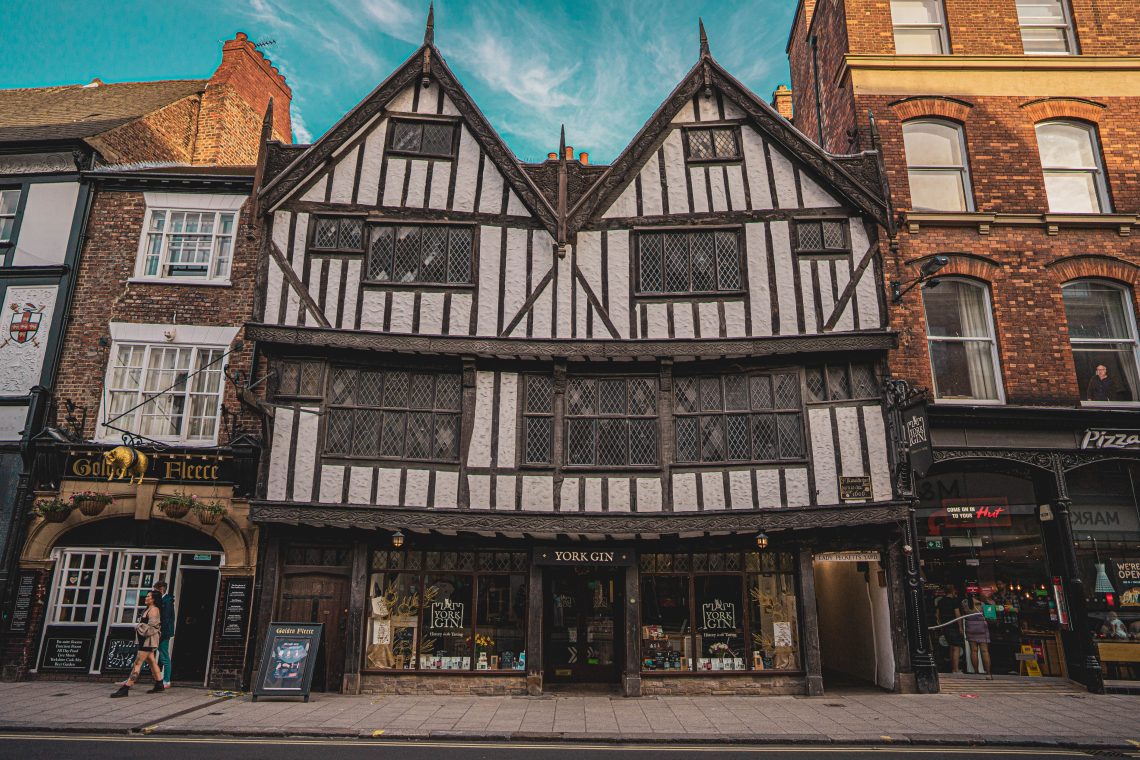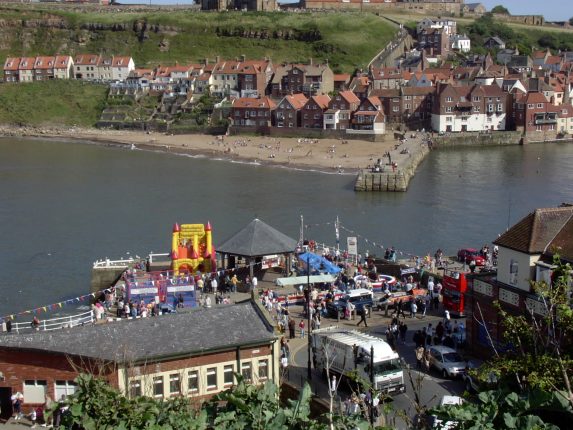
The City of York
York is a favourite holiday destination for many tourists. It offers visitors a great number of things to do – there are many sights to see within the city itself and also many attractions in the surrounding countryside. Stay in a self catering holiday cottage in York and you won’t be short of places to go and things to see.
The renowned Yorvik Viking Centre opened during the 1980s and has attracted visitors from all over the world. You will travel through a reconstructed Viking village and see what life was like in AD 975. There are also three fascinating exhibitions.
No trip to York would be complete without a visit to the world famous Shambles. This quaint street dates back hundreds of years and is characterised by its overhanging timber buildings. Nowadays it is home to a number of interesting shops, cafes and restaurants.
York Minster is one of the most beautiful cathedrals in the United Kingdom. It is often thought of a northern Europe’s greatest gothic cathedral and was built between the 1220s and 1470s. It is possible to see traces of every age dating back to the time of the Romans. The foundations of the buildings that Emperor Constantine lived in can be seen under the central tower. The Minster offers tours with volunteer guides or if you wish you can just roam at your leisure taking in the magnificence of this wonderful building. Discover the cathedral’s history in the Undercroft, Treasury and Crypt. Marvel at the views from the top of the Central Tower. From here you can see the narrow historic streets of York and out into the countryside beyond. There is a lovely tea room at the Minster offering an excellent choice of lunches and snacks.
The York Castle Museum is a fascinating museum – it concentrates on the every day lives of people. Thousands of household objects are on display and rooms, shops and streets have been recreated that depict how people have lived over the years. It is particularly well known for its recreation of a Victorian street in which sound and light effects are used to great effect. It certainly evokes an atmosphere of Victorian Britain! The street was named Kirkgate after the museum’s founder, Dr John Kirk, who collected thousands of objects. He felt it was important that these everyday objects were preserved for future generations. The museum also many other displays of interest including a Victorian parlour, an 1850s moorland cottage and a 1940s kitchen to name but a few. There is a newly opened café offering a good choice of food – it also has lovely views across towards Clifford’s Tower.
Jane@TopHolidaySpots

Travelling With Children - Top Tips
You May Also Like

Holidaying in Snowdonia (Eryri) and the Surrounding Area
October 15, 2015
Travelling With Children – Top Tips
July 3, 2023
